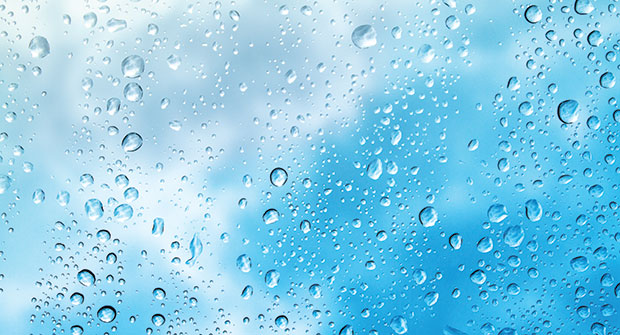Observing California’s drought
 I was recently in California and was able to take a firsthand look at the drought forcing golf courses to come under tough restrictions on water use. I’ve been following the articles and postings online and I’m always encouraged when I see comments about superintendents working with the local water authorities to draft practical conservation programs.
I was recently in California and was able to take a firsthand look at the drought forcing golf courses to come under tough restrictions on water use. I’ve been following the articles and postings online and I’m always encouraged when I see comments about superintendents working with the local water authorities to draft practical conservation programs.
My wife and I have been traveling west in the summertime since 1997, when our daughter moved to Los Angeles. On this visit, we noticed the native hillsides looked browner and the vegetation seemed thinner compared with previous trips.
When I learned that there are 456 water-regulating authorities in California, it boggled my mind. I also read that in most cases the state did not regulate groundwater pumping, because the major concern is about surface water management.
More unbelievable is that some states have no standard drought condition measures to implement if the situation arises. I’m sure that will change after the increased awareness of the effects of this long-term drought cycle we’re in and all the hoopla surrounding so-called man-made global warming.
The good news is that several superintendent groups are convincing water authorities to implement percentage-of-use reductions, which give superintendents a chance to cut back on overall run times on irrigation stations while maintaining enough moisture to keep the turf alive.
This is more scientifically sound than the bureaucratic day-of-the-week watering schedule. Mother Nature doesn’t use a calendar, nor does she rain consistent amounts across a golf course.
During our travels in California, I saw some golf courses in and around the Sherman Oaks area, where my daughter lives, that looked pretty normal and not under much stress. After a little research, I found I was looking at courses that were most likely city or county owned and noted as having reclaimed water sources. Reclaimed water is not generally a restricted water source, according to the most recent articles I’ve read.
But once we hopped on Amtrak’s Pacific Surfliner and headed up the coast past the Santa Barbara area and points north, the courses I could see from the train were showing green circles down the fairway centers as well as yellow and some brown roughs and scalloped fairway edges. Maybe access to reclaimed water was not in the infrastructure or the amounts were not sufficient to provide a reliable source at these courses.
During the two weeks we were in L.A. and north to Cambria, we saw rain clouds a few times and even witnessed a few sprinkles. One night it was really threatening to come down. We were all rooting for some rain for everyone, but alas, not much fell in the valley. However, the next morning there was an article about flash flooding in the San Bernardino Mountains north and east of our location. I suspect the mountains snag a fair number of those low rain clouds.
Reading about the growing momentum of California superintendents working to help devise practical conservation measures like percentage cutbacks based on drought conditions reminded me of our own struggles in Florida. The best thing to do during these times of drought is to get ahead of the curve, get organized and reach out to your local water authority with a plan that works to conserve water resources and keeps your course alive.
And to our colleagues in California, I hope the drought breaks soon.
Photo: publicdomainpictures.net










